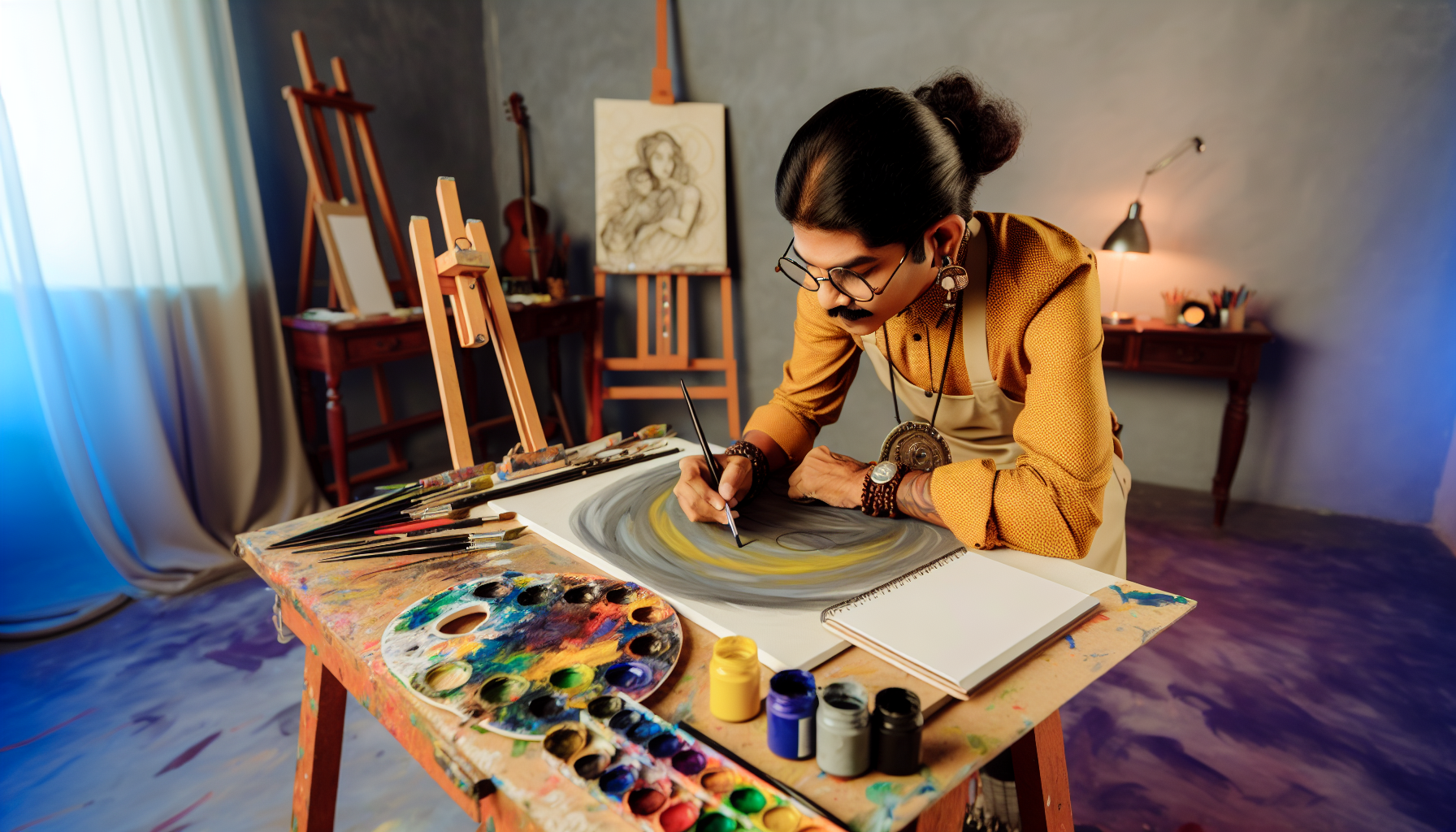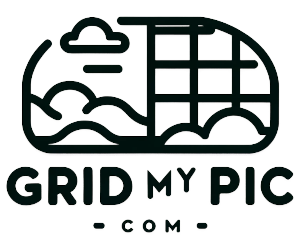The Intersection of Technology and Traditional Art
The marriage of technology and traditional art is an evolving narrative replete with intrigue, innovation, and introspection. In an age where the digital wave permeates every aspect of our lives, art—an eternal bastion of human expression—has not remained untouched. While some purists may argue that technology adulterates the sanctity of traditional brush and chisel, many contemporary artists view this fusion as a conduit for new forms of expression, storytelling, and audience engagement. The way we create, appreciate, and disseminate art is being inexorably altered by the tendrils of technological advancement, weaving a rich tapestry of possibility that is as daunting as it is exhilarating.

The Historical Prelude to a Digital Renaissance
Art has always evolved alongside technological progress. From the grinding of pigments in the Stone Age to the advent of the printing press in the Renaissance, each leap has expanded the artist's toolkit. In the 20th century, photography and film introduced new realms of realism and perspective, challenging traditional art forms to find their distinct voice amid an expanding creative chorus.
Today, software and hardware innovations serve as both the canvas and the brush, enabling artists to traverse beyond physical limitations and into a realm where imagination dictates form. Yet, this journey is less a departure from tradition and more an expansion upon it, where the essence of art—conveyance of emotion and experience—remains unchanged but the mediums for its manifestation multiply.
The Blend of Pixels and Pigments
Advancements in digital technology have given birth to novel art forms—digital painting, 3D modeling, and virtual reality—to name a few. Yet, these tools are not replacing traditional techniques but rather integrating with them. Take, for example, the digital pen tablet, a tool that mirrors the act of drawing or painting but with a stylus and screen. The artist's hand movements remain as intuitive as with a pencil or brush, but the digital layer allows for an undo function, a variety of simulated textures, and inexhaustible color palettes.
Similarly, software like Adobe Photoshop or Corel Painter has become invaluable for artists wishing to experiment with mixed media. These programs enable artists to combine traditional hand-drawn elements with digital modification and layering, blurring the lines between the old and the new.
The Accessible Artistic Realm
Technology is also democratizing art. High-quality digital tools are increasingly accessible, allowing both established artists and novices to create without the need for expensive supplies. Tutorials and online communities provide a platform for learning and sharing that was unimaginable just a couple of decades ago. Social media acts as a gallery without walls, a global stage where artists can find an audience free from the traditional gatekeepers of galleries and academia.
Crowdfunding platforms have enabled artists to secure funding directly from supporters, bypassing the traditional reliance on grants, patrons, or commercial success. These tools also facilitate collaboration across cultures and disciplines, spurring creativity that may not have found a converging point in the pre-digital era.
The Architectural Canvas
Perhaps no traditional art form has been more profoundly influenced by technology than architecture. Computer-Aided Design (CAD) and Building Information Modelling (BIM) have revolutionized the way structures are planned and built. These technologies allow architects to create and collaborate on designs in unprecedented detail, simulate environmental and structural stresses, and even predict future maintenance needs.
The line between art and engineering blurs as intricate structures that would have once been impossible—or impossibly expensive—to construct are now viable. The computer's precision and computational might have become as crucial to modern architecture as the physical tools of construction.
The Sculpture of Tomorrow
Sculpture has found a new frontier in 3D printing, where artists can now draft their imaginations in digital 3D models and watch them materialize layer by layer. This technology not only allows for intricate geometries that defy traditional sculpting techniques but also significantly reduces material waste, as the printer only uses the necessary amount to form the piece.
Moreover, the shared nature of the online world means that physical distance is no longer a barrier to experiencing, altering, or reproducing 3D artwork. An artist can create a piece in New York, share its digital file online, and have it recreated in Tokyo, all without shipping a single physical object.
The Interactive Art Experience
Interactive art installations, a burgeoning field made possible by sensors, programming, and projectors, invite the audience into the artistic process. Viewers become participants as their movements or choices influence the art piece in real-time. This interactivity introduces an element of performance and a dynamic narrative that changes with each encounter.
Furthermore, augmented reality (AR) and virtual reality (VR) are pushing the boundaries of how we experience art. Museums and galleries increasingly employ these tools to create immersive experiences, adding richness to the appreciation of both contemporary and historical pieces. With VR, a viewer can step into a painting, exploring its minutiae in a three-dimensional space—an impossibility within the confines of traditional art viewing.
The Future Palette
As artificial intelligence continues to progress, machine learning algorithms have started to create art that challenges our understanding of creativity. AIs trained on vast datasets of images can generate paintings, music, or poetry, sparking debates over the essence of artistry and whether creativity is inherently human or if it can be algorithmically replicated.
While AI-generated art is a field in its infancy, it opens doors to collaborative possibilities where human artists guide and co-create with machine intelligence, combining the intuitive with the algorithmic, emotion with calculation.
In Conclusion: A Dialogue, Not a Dichotomy
Technology's influence on traditional art forms is not a tale of replacement but one of augmentation and fusion. The artist's voice remains central; what changes are the tools at their disposal and the breadth of their potential audience. In embracing technological tools, artists continue to do what they have done throughout the centuries—reflect the human condition and explore the potentials of their time. As we move forward, the canvas stretches infinitely, limited only by the imagination and the willingness to explore the intersection of technology and traditional art.
The integration of technology into art is a dynamic conversation between the old and the new, the physical and the virtual, the creator and the observer. As it progresses, this dialogue will continue to redefine what it means to be an artist and what it means to engage with art in the modern world.
